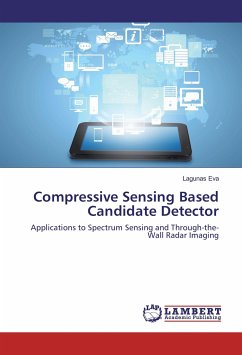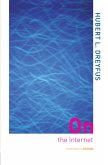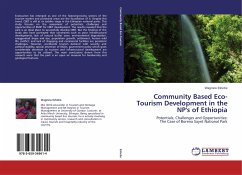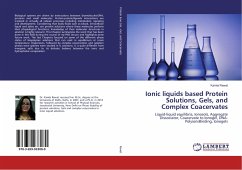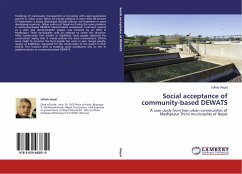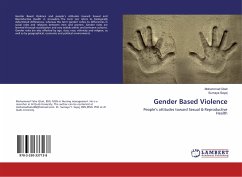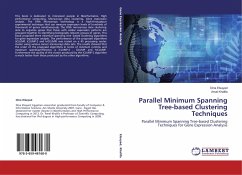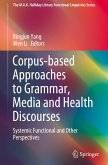Signal acquisition is a main topic in signal processing. The well-known Shannon-Nyquist theorem lies at the heart of any conventional analog to digital converters stating that any signal has to be sampled with a constant frequency which must be at least twice the highest frequency present in the signal in order to perfectly recover the signal. However, the Shannon-Nyquist theorem provides a worst-case rate bound for any bandlimited data. In this context, Compressive Sensing (CS) is a new framework in which data acquisition and data processing are merged. CS allows to compress the data while is sampled by exploiting the sparsity present in many common signals. Unlike majority of CS literature, the proposed PhD thesis surveys the CS theory applied to signal detection, estimation and classification, which not necessary requires perfect signal reconstruction or approximation. In particular, a novel CS-based detection technique which exploits prior information about some features of the signal is presented. The basic idea is to scan the domain where the signal is expected to lie with a candidate signal estimated from the known features.
Bitte wählen Sie Ihr Anliegen aus.
Rechnungen
Retourenschein anfordern
Bestellstatus
Storno

